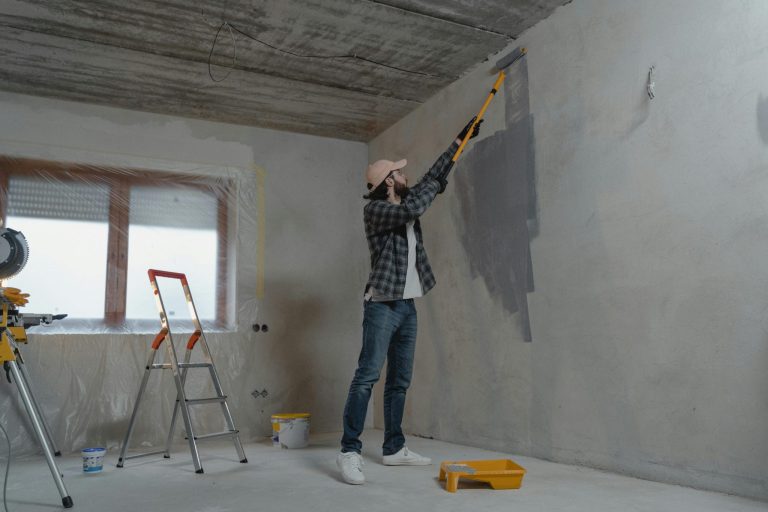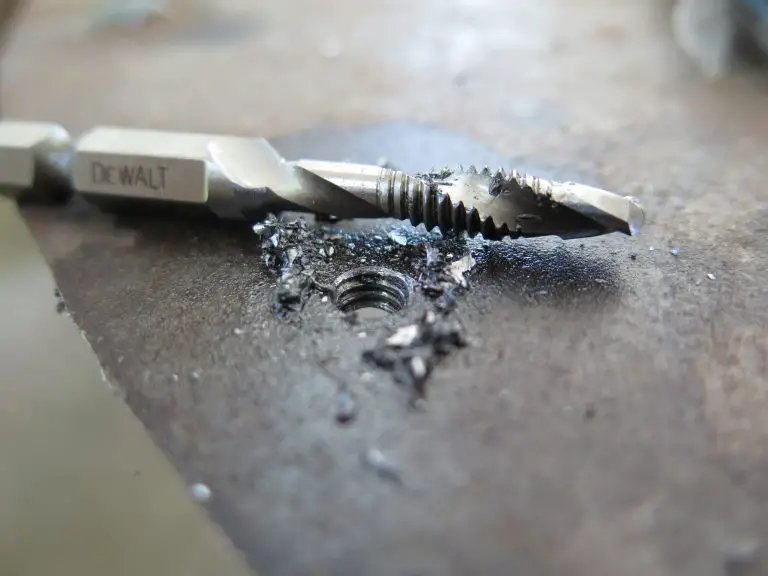
A subscriber asked me about soundproofing and unusual, single-layer floor, and yes, there are options, as you’ll see. These apply to regular floors, too.
Q: How can we make the floor in our house more soundproof? We live in a log cabin and the upstairs flooring is just one layer of tongue and groove planking on top of beams that forms the ceiling of the first level and the walking surface of the floor above. As it is now sounds transmit readily between floors and we’d like to solve this problem. We’re considering installation of a floating floor over the pine and wonder if there’s a mat or sheet material we could put down first to boost soundproof insulation.
A: Yes, I’ve seen (and heard) single-layer floors like yours and they certainly do transmit sound well. That’s the kind of floor you see above in the photo. On the plus side, there’s a large and growing source of soundproofing products you should know about before you go ahead with a new floor. Your problem is surprisingly similar to the issue people have in concrete condominiums when carpet is removed. The sound of footsteps and moving furniture gets transmitted quite well to the people living in the unit underneath when carpet is replaced with hard-surface flooring.
The option I suggest below is really the only way to reduce sound transmission while also retaining a view of the beams and subfloor from underneath. If that doesn’t matter to you, and you’re okay covering all that, the approach here will work very well for soundproofing your floor in the regular way. If you want to retain that cabin feel, keep reading for another option.
Floating Floors & Rubber Underlay
You mentioned the possibility of installing a floating floor in the upstairs, and that’s a very good option. These rest in place on top of most types of old floor surfaces, and don’t require the use of fasteners to hold them down. Laminate floors are the most common floating floor option, and you’ll find leading manufacturers offer a variety of underlay products, some for situations just like yours.
As good as laminate flooring is, all types and brands have one weakness. They need a very flat floor underneath. Anything more than 1/4″ of deviation from flatness over a 10-foot radius will cause laminates to flex underfoot and make noise because the flooring is not supported fully. A class of flooring called “luxury vinyl” is a much better option if floor flatness is an issue because all types of this floor are flexible.
Luxury vinyl comes in two types: luxury vinyl plank (LVP) and luxury vinyl tiles (LVT). The plank versions are narrow planks and the tile versions are square. And if I know log cabins, your floor probably isn’t super-flat.
Other sound-reducing underlays are also emerging for use under other flooring choices. One that I’ve looked at closely is called QuietDown (knrubber.com 800-387-8501). It’s made of reclaimed rubber, and has been proven effective at stopping both airborne sound and impact noises from people walking and running.
It’s also possible to install a layer of extruded polystyrene foam (those blue or pink sheets you see on building sites) on top of the existing floor. A layer of 5/8-inch plywood on top of that gets screwed down into the floor framing before your new floor goes down. One reason the foam-and-plywood option works so well is the differences in density that occur through the different materials. Changes in density thwart sound transmission well. This approach is a great way to insulate floors from above to keep them warmer, too. You can see a foam-on-subfloor installation I did below.













